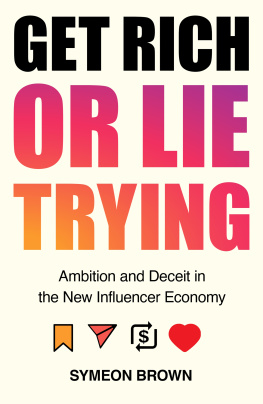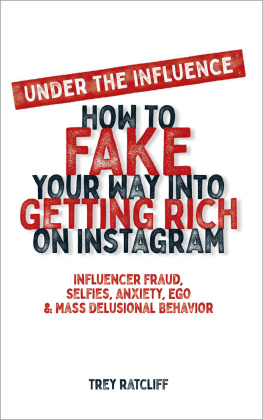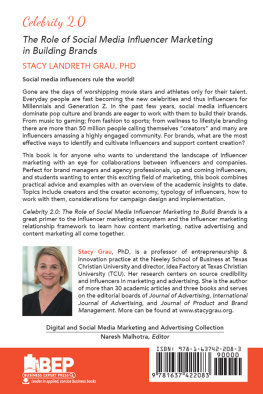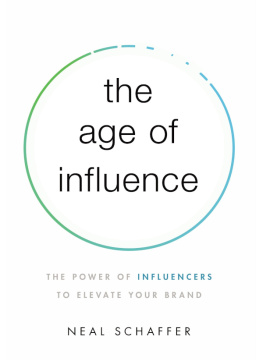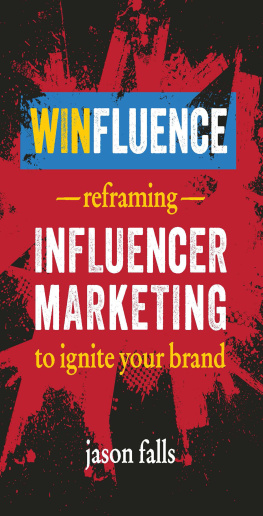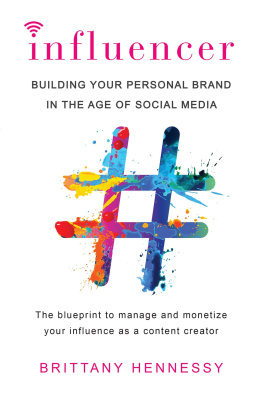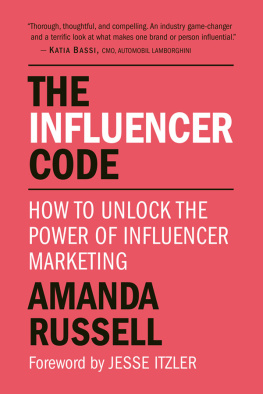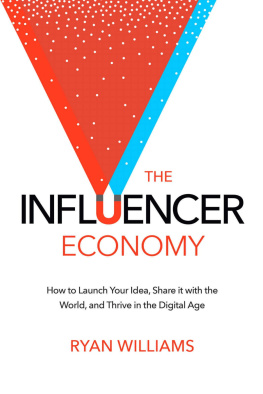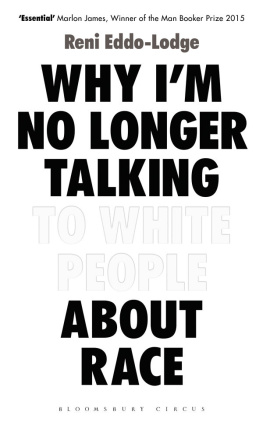Contents
Guide

Symeon Brown is a reporter and journalist at Channel 4 News. He was shortlisted for an Orwell Prize in 2019 and shortlisted at the 2018 British Journalism Awards. He has written for a range of media including Vice, the Guardian, Huffington Post, CNN, New Statesman and The Voice.

First published in Great Britain in 2022 by Atlantic Books, an imprint of Atlantic Books Ltd.
Copyright Symeon Brown, 2022
The moral right of Symeon Brown to be identified as the author of this work has been asserted by him in accordance with the Copyright, Designs and Patents Act of 1988.
All rights reserved. No part of this publication may be reproduced, stored in a retrieval system, or transmitted in any form or by any means, electronic, mechanical, photocopying, recording, or otherwise, without the prior permission of both the copyright owner and the above publisher of this book.
Every effort has been made to trace or contact all copyright holders. The publishers will be pleased to make good any omissions or rectify any mistakes brought to their attention at the earliest opportunity.
10 9 8 7 6 5 4 3 2 1
A CIP catalogue record for this book is available from the British Library.
Hardback ISBN: 978-1-83895-027-9
Trade paperback ISBN: 978-1-83895-028-6
E-book ISBN: 978-1-83895-029-3
Printed in Great Britain
Atlantic Books
An imprint of Atlantic Books Ltd
Ormond House
2627 Boswell Street
London
WC1N 3JZ
www.atlantic-books.co.uk
CONTENTS
INTRODUCTION

THE HUSTLERS AMBITION
I was a 14-year-old schoolboy when the rapper 50 Cent released Get Rich or Die Tryin. The most precocious kids in class declared the debut hip-hop album an instant classic and hailed the rappers legend: Hes been shot nine times, you know? The narrowly failed attempt on 50 Cents life was at the centre of his sales pitch as the bulletproof king of gangsta rap. My friends and I were easily sold and far from the only ones. Fiftys debut was the best-selling album of 2003. It sold 872,000 copies in the first week, and 12 million copies worldwide by the end of the year. Curtis 50 Cent Jackson may have been born black and poor in New York, but he was now worth more than a few cents from selling his rags-to-riches tale to a world that loves an underdog.
There are few things we find more compelling than a fable of overcoming the odds and achieving self-made success. Everyone loves an outsider, because deep down most of us believe we are one, and each generation has its own version for inspiration. For my churchgoing grandmother, the scrappy underdog was exemplified by the biblical story of a shepherd boy named David defeating the giant Goliath. For me, it was the constant reinvention of the hustler made good in hip-hop that stuck.
When I bought Get Rich or Die Tryin with the meagre change Id saved from my paper round, hip-hop had replaced rock as Americas most listened-to genre and the rest of the world was not far behind. In the videos broadcast on MTV Base, rappers like 50 Cent would display the full trappings of their new and often exaggerated wealth, with the deprived neighbourhoods they came from as a backdrop. The credo of commercial hip-hop set in this era was that hustling, vice and the music of the streets comprised the underground railroad to freedom. Poverty was worse than death, so you had two choices: get rich or die trying. If the system wasnt fair, work around it.
At 15 years old, DeAndre Cortez Way, now better known as Soulja Boy, was a young rapper without a powerful marketing story like 50 Cents. He had no record deal, no publicist, and no industry behind him, but none of that mattered. He had LimeWire. The site was used by millennials across the world to upload and download music illegally. DeAndre would upload his music and name his This trick earned him attention, and the teenager had more up his sleeve.
In the early days of social media, Cortez Way was using it in a way that was as alien then as it is familiar now. He linked his MySpace to a young social media site called YouTube and, using the buzz generated through mislabelling his own music, gained millions of online listens. His breakout song, Crank That, went viral in 2007 with the aid of a gimmicky dance, and made the teenager a reported $7m. recruited by misleading people to his music. If get rich or die trying was the formula of the crack dealer turned rapper, then get rich or lie trying might describe the new modus operandi for the twenty-first century, especially among the millions now deploying Soulja Boys playbook to capture the internets attention and grow huge online fandoms.
There are now millions of people making a living from their digital followings. This book, the result of an investigation that has spanned years, is a journey into their world. I met streamers, marketers, tech entrepreneurs, sex workers, dropshippers and fraudsters. I saw how easily ambition transforms itself into deceit online and how social media has emerged as the most exploitative frontier of late-stage capitalism. I heard extraordinary tales of exploitation, delusion, dishonesty and chutzpah. And the more people I encountered, the more I started to see how much this brave new world had in common with the one we all know so well.
Fame and fortune
I grew up in Tottenham, north London, a multiracial area between the City and the Hertfordshire suburbs with a character defined by its then underperforming football club and its Caribbean, Ghanaian and Turkish Cypriot communities. My whole life, this corner of the city has been notorious for the anti-police riots that broke out in the 1980s. A Jamaican-born mother had died after her home was raided by police officers, a policeman was killed in the ensuing revolt, and the tension between the residents and the authorities has festered ever since.
By 2003, much of the area could have slipped with ease into the background of a rap video in Queens. My friends and I wore American hip-hop streetwear: baggy Akademiks jeans, FUBU tops and Timberland boots. New Era baseball caps felt like part of our school uniform. Aylward School was made up of the children or in my case the grandchildren of migrants, alongside the remnants of Londons white working class who for years had been gradually moving away from the centre of London. The school had a high intake of students poor enough to qualify for free school meals. My teacher described it as an outer-city school with inner-city problems and a revolving door of staff. In the year I completed my GCSEs, 75 per cent of my fellow students failed to get the five A*C grades necessary to go on to further education. It is unsurprising that the hustler in hip-hop was a relatable figure of inspiration to a student body of underdogs.
The genres vulgar representations of women and unapologetic aggression may have offended the sensibilities of middle-class America and Britain, but the young black men in baggy jeans and tank tops were putting into verse what Wall Streets old white men in pinstripe suits had been preaching for decades. It was ostentatious, ruthless, violent, entrepreneurial, aspirational, individualistic and unwilling to play by the rules. These values are Americas most influential global export, and across the Atlantic, my friends and I were part of a generation unable to escape it.

